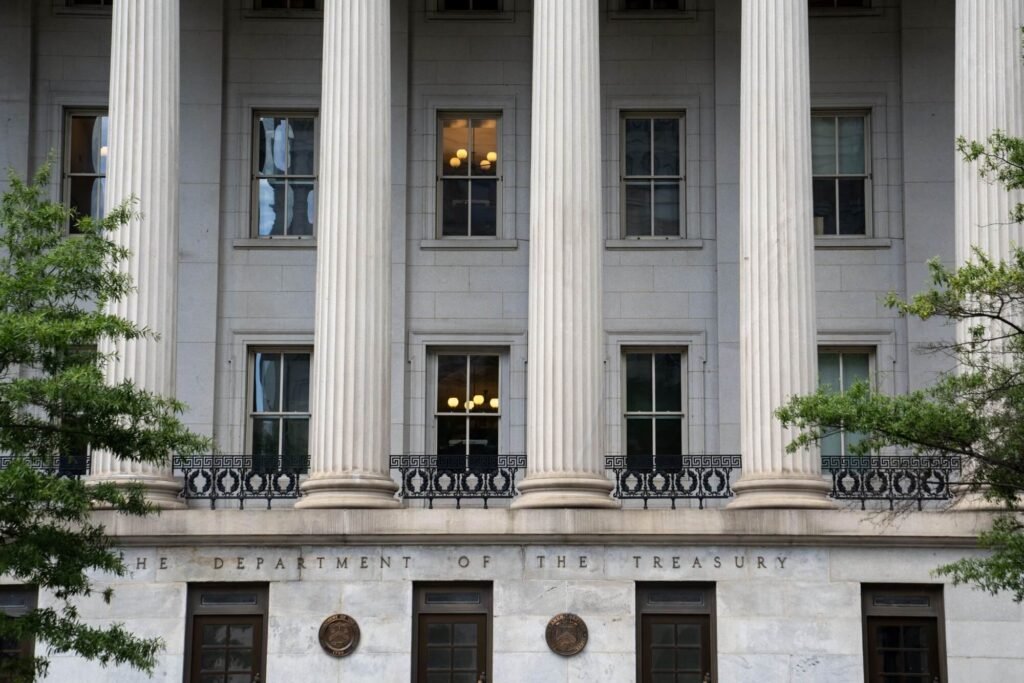Amid ongoing analysis of the Federal Reserve’s recent policy adjustments, the US 30-year yield has dropped below the 4% mark, reaching its lowest level since July. Bond investors are closely scrutinizing the implications of the Fed’s policy shift, resulting in a significant retreat from the multiyear high of 5.18% recorded in October. This decline follows the publication of the Fed’s updated quarterly forecasts on December 13, revealing a more pronounced expectation of lowering the benchmark interest rate in the coming year compared to their September projections.

Yield Movements:
The 30-year Treasury bond witnessed a decline of up to 3.6 basis points, settling at 3.99%. This marks a continuation of its downward trend from the peak reached in October. Notably, the five- to 10-year Treasury yields also fell below the 4% threshold in the immediate aftermath of the Fed’s communications following its final monetary policy deliberations for 2023.
Remaining Fixed-Rate Treasury Tenors:
As of now, the only fixed-rate Treasury tenors that yield more than 4% are the two- and three-year notes, which are closely linked to the central bank’s policy rate (currently 5.25%-5.5%), and the 20-year bond, which has garnered less investor interest.
Historical Context:
While current Treasury yields are considered high compared to recent historical standards, it’s essential to note that during the upheavals of 2020, the 30-year yield briefly dipped below 1%. This exceptional circumstance occurred when the Fed’s interest rate was at 0%, and the central bank engaged in purchasing Treasury securities to bolster the US economy.
Conclusion:
The decline in the US 30-year yield below 4% signifies a response to the Federal Reserve’s latest policy insights. Investors are navigating the evolving landscape, and the Treasury market is adjusting to the Fed’s anticipated rate adjustments in the coming year.




